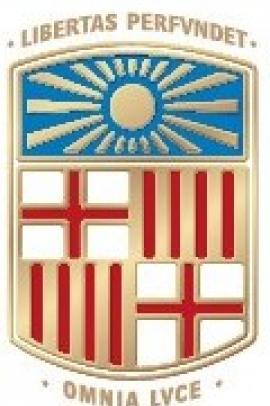The research is developed in three phases:
Phase 1. Definition and revision of the dimensions and indicators that will compose the scale ILT from the following three actions:
- Action 1.1. Methodological discussion of the scale ILT in relation to other indices produced in the United States and Europe: Occupational Information Network (O'NET), Interagency Language Roundtable scale (ILR), European Skills / Competences, Qualifications and Occupations (ESCO) Computer Competence Testing (IC3), BECTA's, DCA, DigEuLit, eLSe-Academy, DIGCOMP Framework, NCCA-ICT, Educational and Testing Service (ETS) and our research team in Spain (ILT). An exhaustive list of indexes will be prepared.
- Action 1.2. Design of the variables and indicators included in the ILT. For this purpose, we will proceed to: 1) a deductive theoretical process from the discussion with the members of the research team, and 2) an inductive process that starts from the variables and indicators contained in the databases and systems of indicators included in action 1.1.
- Action 1.3. Discuss the validity of the scale ILT with different systems of occupational classification: CNO-2011, ISCO-2008 and SOC-2018. It will be discussed how to face the differences between these classification systems, deepening in the criteria of validity, reliability, sensitivity and specificity of the scale ILT.
Phase 2. Assignment of ILT values in business sectors
- Action 2.1. Assignment of ILT securities to SOC-2018, CNO-2011 and ISCO-2008. Different procedures will be used to assign values; particularly:
- Existing data emptying routines that contain the linguistic and occupational variables, observing the distributions for each occupation and sector
- Clearance of qualitative databases with descriptions of occupations
- Panel of experts
- Action 2.2. Preparation of the database for analysis. The selected databases will contain information on linguistic competences and basic variables for our study, such as occupational classification of individuals. The database will contain at least information regarding workers in the sectors with the highest informational content, in accordance with the main occupational classification systems. In particular, it will be applied to the following sectors:
- Chemical industry (CNAE code: 24)
- Electrical, electronic and optical material and equipment industry (CNAE codes: 31, 31, 32, 33)
- Financial intermediation (CNAE codes: 65, 66, 67)
- Computer activities (CNA CNAE: 72)
- R & D activities (CNAE code: 73)
- Other business activities (consultancy and consultancy, code CNAE: 74)
- Health activities (CNAE code: 85)
Phase 3. Application of the scale ILT to key problems in relation to the construction of labor categories in the framework of the information society: relationship between ILT and employability of workers and productivity of companies, providing guidance to social agents and companies Public institutions on training according to employment.
- Action 3.1. Statistical analysis. Multinomial regression analysis and regression will be performed for ordinary square minimums with the scale ILT. The analysis will incorporate the sector control factors indicated in the previous section.
- Action 3.2. Documentary analysis. A sample of 30 Collective Agreements signed in Spain for the last 8 years in intensive sectors in informational work will be analyzed.








